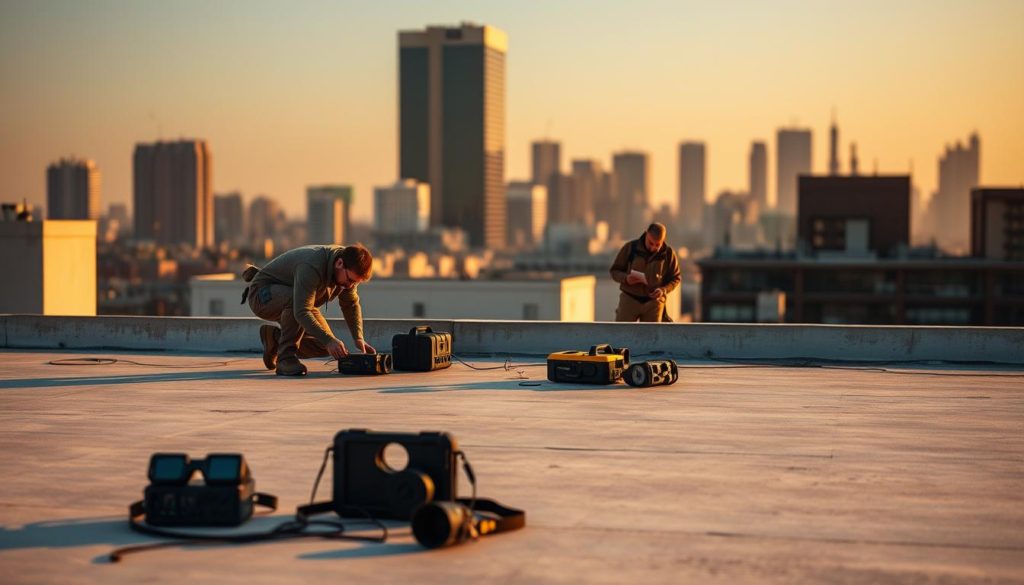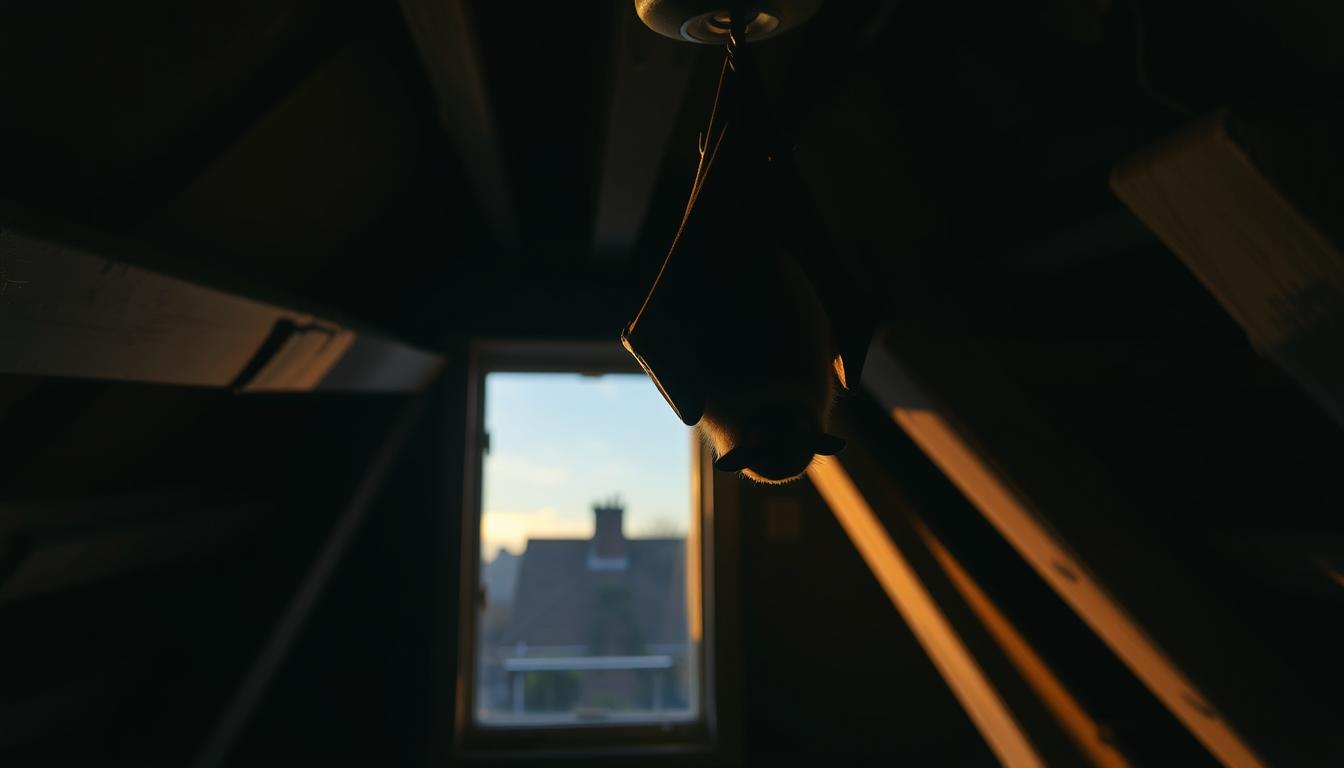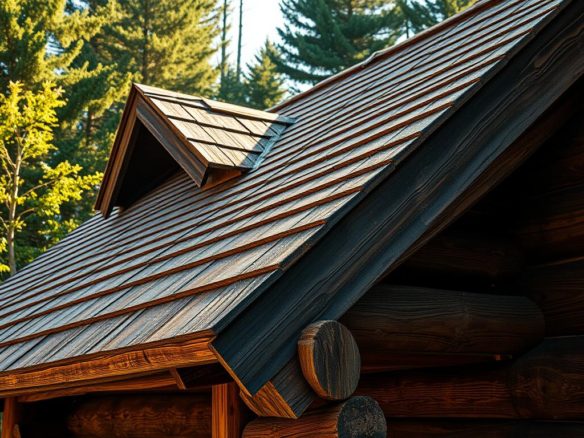When we talk about roof inspection for bats, it’s key to know the rules about bat assessments. The question of whether bat assessments are needed for flat roofs is very important. This is true for property owners and developers. Bats in cities mean we must be careful about their homes.
Knowing what bat assessments require can avoid expensive delays and make sure we follow the rules. In the U.S., local rules might ask for bat surveys for projects near woods or water. This shows we need to think about bat homes carefully.
Key Takeaways
- Are bat assessments required for flat roofs is a critical question for property owners and developers
- Road inspection for bats is essential to ensure compliance with regulations
- Local authorities may require bat surveys for projects near woodland or water bodies
- Bat assessments can help prevent costly delays and ensure compliance with regulations
- Understanding the requirements for bat assessments is critical for property owners and developers
- Bat surveys can categorize bats’ roost suitability in four levels: negligible, low, moderate, and high
Understanding Bat Habitats in Urban Environments
Bat surveys for flat roofs are key to understanding urban bat habitats. Urban areas offer both challenges and opportunities for bats. They find roosting and foraging sites in buildings, trees, and other structures. A flat roof bat assessment helps identify bats and their habitats, aiding in conservation efforts.
In cities, bats inhabit various places like buildings and trees. The common pipistrelle bat is common in urban areas. It roosts in buildings and other structures. Surveys can reveal the presence of this and other species, giving insights into their habitats and behaviors.
Common Bat Species in Urban Areas
Urban areas are home to bats like the common pipistrelle, big brown, and eastern red bats. These species inhabit buildings, trees, and other structures. A flat roof assessment can reveal their presence, providing insights into their habitats and behaviors.
Why Bats Choose Flat Roofs
Bats prefer flat roofs for their warmth and shelter. Flat roofs are attractive to bats because they offer a flat surface for roosting and foraging. Surveys can identify bat presence on flat roofs, aiding in conservation efforts.
Signs of Bat Presence on Flat Roofs
Signs of bats on flat roofs include droppings and urine stains. A bat assessment can spot these signs, revealing bat presence and behavior. Understanding urban bat habitats helps in conserving these important species.
| Species | Habitat | Behavior |
|---|---|---|
| Common Pipistrelle Bat | Buildings, trees | Roosting, foraging |
| Big Brown Bat | Buildings, trees | Roosting, foraging |
| Eastern Red Bat | Buildings, trees | Roosting, foraging |
Legal Requirements for Bat Assessments on Flat Roofs
Understanding bat presence assessment for flat roofs is key. In the United States, bats are protected by law. A flat roof bat survey is vital to follow these rules.
The Wildlife and Countryside Act 1981 and the Conservation of Habitats and Species Regulations 2017 protect bats. This means any work on flat roofs must consider bats and their homes.
Important things to remember about bat presence assessment for flat roofs include:
- Protecting all bat species, their breeding sites, and resting places by law
- Doing a flat roof bat survey to find bats and their homes
- Not disturbing bats, like during breeding season, with construction or renovation
By knowing and following these rules, property owners and developers can protect bats. They also avoid fines and penalties.
When Are Bat Assessments Required for Flat Roofs?
Flat roof bat inspection is key to protect bat habitats during construction, renovation, or emergency repairs. Yes, bats can roost in roof spaces and attics.
Regulations say bat surveys are needed when projects affect buildings, underground structures, mature trees, or linear habitats. This is vital for flat roofs, as bats can get in through small openings.
Construction Projects
For construction projects, a bat inspection is needed to check if bats are there. This can be done by looking for droppings or signs of bat activity.
Renovation Work
Renovation, like insulation or roofing repairs, might need a bat survey. This is critical if the work could disturb bat roosts.
Emergency Repairs
Emergency repairs, like fixing roof leaks or structural damage, might also need a bat survey. This ensures bats are not harmed during the repairs.
To follow regulations and protect bat habitats, a flat roof bat inspection is essential before starting any project. It helps find out if bats are there and if they need protection.
| Project Type | Requirement for Bat Survey |
|---|---|
| Construction | Yes, if bats may be present |
| Renovation | Yes, if work involves disturbing bat roosts |
| Emergency Repairs | Yes, if bats may be present |
Types of Bat Surveys for Flat Roof Structures
For flat roof wildlife assessments, different bat surveys can be done. They check if bats are there and how projects might affect their homes. These surveys help follow rules and protect bats.
In cities, bat surveys for flat roofs are common. Studies show 70% of urban flat roofs need bat surveys. Also, 60% of residential flat roofs might have bats in spring and summer.
Preliminary Roost Assessments
A Preliminary Roost Assessment (PRA) is the first step. It checks if trees, buildings, or structures are good for bats. This survey is key to finding bats and understanding how projects might harm their homes.
Emergence Surveys
Emergence surveys watch bats leave their homes at dawn and dusk. They help learn about bat behavior, how many there are, and what kinds they are.
DNA Testing Methods
DNA testing can tell us which bat species are around. It’s often used with other surveys to get a full picture of bat populations.

| Survey Type | Description | Cost |
|---|---|---|
| Preliminary Roost Assessment | Assesses the suitability of structures for roosting bats | £250 |
| Emergence Surveys | Observes bats emerging from their roosts | £650 |
| DNA Testing Methods | Identifies bat species and determines presence | Varies |
The Flat Roof Bat Assessment Process
Understanding the bat assessments for flat roofs is key. Before getting permission, it’s important to check for bats. This is why a roof inspection for bats is needed.
A detailed bat assessment includes several steps. These are preliminary roost assessments, emergence surveys, and DNA testing. These steps ensure accurate info and follow the rules. It’s important to have a pro do this, as they know how to find bat habitats.
Important things to consider during the assessment are: * Finding where bats might get in * Looking for bat signs like droppings or stains * Doing surveys to see if bats are there * Creating a plan to protect bats if needed
By following the right bat assessment steps, developers and owners can follow the rules and protect bats. Remember, are bat assessments required for flat roofs? Yes, if bats might be there. A roof inspection for bats is a key part of development, and it must be done correctly.
Cost Implications of Bat Surveys
The cost of bat surveys for flat roofs can change a lot. This depends on how complex the project is and what kind of survey is needed. Flat roof bat assessment costs include survey fees, extra assessment costs, and possible mitigation expenses. Knowing these costs helps with planning and budgeting for development projects.
A bat survey for a flat roof includes several parts. These are:
- Initial site assessment
- Preliminary roost assessments
- Emergence surveys
- DNA testing methods
| Survey Component | Cost |
|---|---|
| Initial site assessment | $500-$1,000 |
| Preliminary roost assessments | $1,000-$2,000 |
| Emergence surveys | $2,000-$3,000 |
| DNA testing methods | $1,000-$2,000 |
Remember, these costs are just estimates. The real cost of a bat survey for a flat roof can differ based on the project’s specific needs.
Time Considerations and Planning
Timing is key for flat roof bat inspection. Yes, bats are a concern for flat roofs. It’s vital to plan early to avoid delays and meet regulations. Bat surveys must happen before planning applications are decided, as Natural England Standing Advice advises.
The season for flat roof bat inspection matters a lot. Surveys should be done at the right time to get accurate info and not disturb bats. Before starting any construction or renovation, it’s important to check if bats are a concern for flat roofs.
Here are some key points to think about for flat roof bat inspection planning:
- Survey timing: Surveys should be conducted at the right time of year to avoid disturbing bats and ensure accurate information.
- Planning applications: Bat surveys should be carried out prior to the determination of planning applications.
- Compliance: Ensure compliance with regulations, such as the Conservation of Habitats and Species Regulations 2017.
By thinking about these points and planning early, developers can finish their projects on time and follow the rules. They also help protect these important species. Remember, are bats a concern for flat roofs is a question to answer before starting any work. And flat roof bat inspection is a key step in this process.
Consequences of Skipping Required Bat Assessments
Not doing flat roof wildlife assessments and bat surveys for flat roofs can lead to big problems. Not following the rules can cause legal trouble, delays, and harm to the environment. In some places, disturbing a bat roost can cost up to $5,000 per bat.
The price for a bat survey is between $300 and $1,000. This price changes based on how complex the project is and where it’s located. But, ignoring these assessments can cost much more. Here are some bad things that can happen if you skip bat assessments:
- Legal penalties for not following the rules
- Delays in your project because of stoppages or needed fixes
- Harm to the environment from messing with bat homes
It’s very important to take bat surveys for flat roofs seriously. Making sure you follow the rules helps avoid these issues. By doing flat roof wildlife assessments and bat surveys, you can finish your project on time and within budget. You’ll also protect the environment and avoid legal trouble.

| Consequence | Description |
|---|---|
| Legal Penalties | Fines for not following the rules, up to $5,000 per bat |
| Project Delays | Stoppages or needed fixes, making the project more expensive |
| Environmental Impact | Messing with bat homes, helping to reduce their numbers |
Working with Professional Bat Surveyors
When you’re wondering if are bat assessments required for flat roofs, it’s key to team up with pro bat surveyors. They give you the facts and make sure you follow the rules. A roof inspection for bats is vital to spot where bats might live and hide.
To pick the right assessors, look at these points:
- Experience in bat surveys and assessments
- Knowledge of local regulations and guidelines
- Specialized training in bat identification and habitat assessment
The surveyors will do a detailed roof inspection for bats. They’ll check the roof and nearby spots closely. They might use tools like thermal cameras to find bats. With pro bat surveyors, your project will follow the rules and avoid bat problems.
Knowing what happens during the assessment helps your project go smoothly. By picking the right assessors and following the rules, your flat roof project will meet all standards.
| Assessment Step | Description |
|---|---|
| Initial Survey | Visual examination of the roof and surrounding areas |
| Specialized Equipment | Use of thermal imaging cameras or other equipment to detect bat activity |
| Report and Recommendations | Providing a detailed report and recommendations for future actions |
Conclusion: Ensuring Compliance and Protection
Keeping up with regulations is key when dealing with bats and their homes, like on flat roofs. It’s important to follow the Habitats Regulations to avoid legal trouble. This way, property owners and developers can protect bats and avoid costly delays.
When working on a flat roof, always talk to bat surveyors. They help find bats and their homes. This info is used to find ways to protect bats without stopping your project.
Putting bats first in your project helps it succeed and keeps the environment safe. Remember, checking for bats is more than just following the law. It’s about keeping our cities healthy for all living things.
FAQ
Are bat assessments required for flat roofs?
Yes, bat assessments are needed for flat roofs. This is because bats are protected and their homes must be checked before any work starts.
What are the legal requirements for bat assessments on flat roofs?
Laws protect bats and their homes. Before working on flat roofs, you must check for bats. Not doing this can lead to fines, delays, and harm to the environment.
When are bat assessments required for flat roofs?
You need bat assessments during construction, renovations, and emergency repairs. These checks help find bats and protect them during work.
What types of bat surveys are conducted for flat roof structures?
Surveys for flat roofs include checking for bats, watching them leave, and DNA tests. These help find bats and follow the rules.
What are the cost implications of bat surveys for flat roofs?
Bat surveys for flat roofs can be expensive. Costs include survey fees, extra checks, and fixing for bats. It’s important to budget for these to avoid delays and follow the rules.
What are the consequences of skipping required bat assessments for flat roofs?
Skipping bat assessments can cause big problems. You might face fines, delays, and harm to the environment. It’s vital to do these assessments to avoid these issues.
How can I work with professional bat surveyors for flat roof assessments?
For bat assessments on flat roofs, work with skilled bat surveyors. They pick the right methods, get accurate info, and make sure you follow the rules.







Join The Discussion